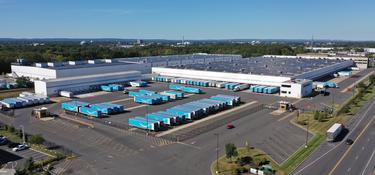
A warehouse management system (WMS) is a core component of any successful warehouse because it helps control and manage day-to-day operations. A warehouse management process guides inventory receiving and put-away, as well as optimizes picking, shipping and inventory replenishment.
Because warehouse management systems are always evolving, the software applications of today are far more advanced than what was available just a few years ago. For this reason, it’s not uncommon for a warehouse to upgrade its WMS from time to time. If you are considering a new WMS for your warehouse, here’s everything you need to know to choose the right one for your operation.



